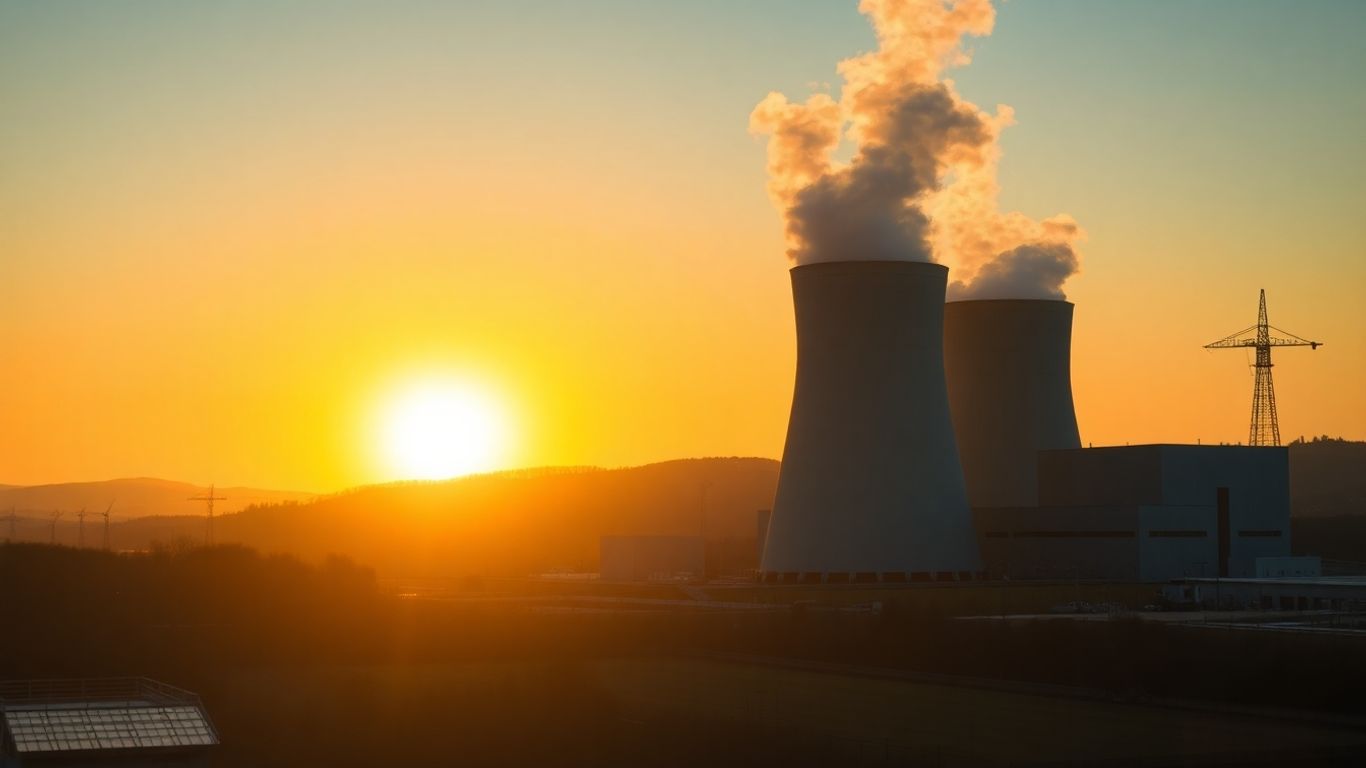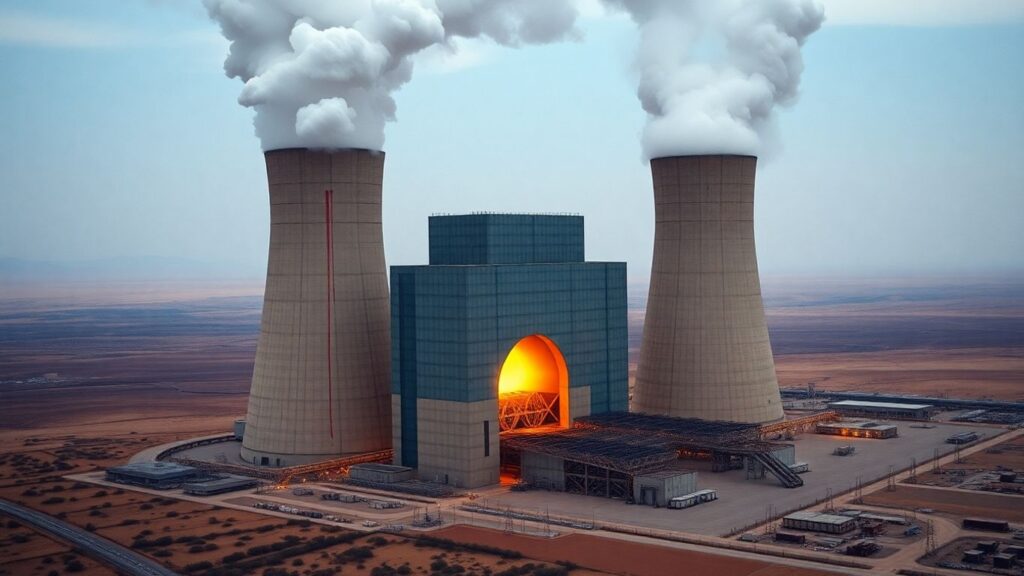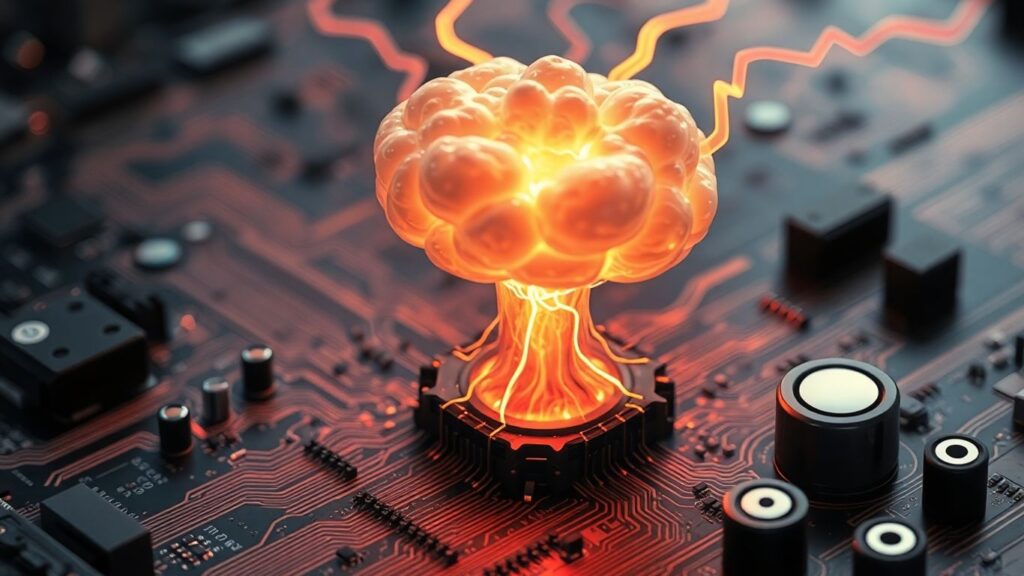The United States has set ambitious targets to significantly expand its nuclear energy capacity, aiming to triple it by 2050. This strategic move is part of a broader effort to combat climate change, enhance energy security, and foster economic growth. The plan involves a multi-faceted approach, including extending the life of existing plants, restarting retired reactors, and deploying new reactor designs.
Key Takeaways
- The U.S. aims to add 35 GW of new nuclear capacity by 2035 and achieve a sustained pace of 15 GW per year by 2040.
- This expansion is crucial for meeting net-zero emissions goals by 2050.
- Federal investments and tax incentives are driving this nuclear renaissance.
The Role of Nuclear Power in a Clean Energy Future
Nuclear energy currently stands as the nation’s largest source of clean power, preventing over 470 million metric tons of carbon dioxide emissions annually. To meet future energy demands and achieve net-zero emissions by 2050, the U.S. Department of Energy estimates a need for an additional 200 gigawatts (GW) of new nuclear capacity. This goal was recently reinforced at the U.N. climate summit (COP29) in Azerbaijan, where the U.S. set new deployment targets.
Strategies for Expanding Nuclear Capacity
The path to tripling nuclear capacity by 2050 involves building new reactors at a pace not seen since the 1970s. This will rely on standardized designs, advanced manufacturing techniques, and lessons learned from past projects. Both large-scale light-water reactors and new small modular and microreactor designs are expected to contribute. Furthermore, extending the operational life of existing facilities and restarting retired reactors will be leveraged to bring additional capacity online, creating numerous jobs.
Building New Capacity and Leveraging Existing Infrastructure
Preliminary research indicates that many existing nuclear power plant sites could accommodate significant new capacity, potentially hosting up to 60 GW with large-scale reactors and an additional 95 GW with small modular reactors. The study also suggests that new capacity, particularly from small modular reactors, could be built near former U.S. coal plant sites, utilizing existing infrastructure and local workforces. This approach aims to ensure a just transition to a net-zero economy.
Government Support and Industry Momentum
Legislation such as the Bipartisan Infrastructure Law, the Inflation Reduction Act, and the ADVANCE Act are providing crucial investments, tax incentives, and streamlined regulatory processes to support the nuclear sector. These initiatives are fostering momentum, rebuilding supply chains, and supporting the development of new technologies. The U.S. is also working to secure a domestic nuclear fuel supply chain, free from foreign influence, particularly from Russia.
Sources
- U.S. Sets Targets to Triple Nuclear Energy Capacity by 2050, Department of Energy (.gov).












